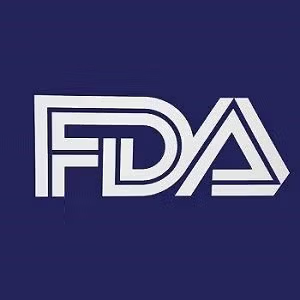Commentary
Video
A Time to Recognize and Enhance Understanding of Migraine Disorders: Jessica Ailani, MD
The director of the MedStar Georgetown Headache Center talked about recognizing the struggles of patients with migraine disorders and the importance of bringing awareness of available treatments to this patient population. [WATCH TIME: 5 minutes]
WATCH TIME: 5 minutes
"Nobody really thinks of migraine as something to celebrate, but personally, I think celebrating the journey [patients have] been on; to take a moment to share with others what they've gone through, how far they might have come but also to talk to others who they might not realize have a headache disorder to share that there are [clinicians] they can see."
Advancements in preventative treatment options for migraine present opportunities to improve quality of life and individual care plans through shared decision-making. Communicating effectively between patients and clinicians is important for successful migraine prevention and patient-centered care. Presented at the 2024 American Headache Society (AHS) Annual Meeting, held June 13-16, in San Diego, California, by lead author Jessica Ailani, MD, a recent study provided insight into patient experiences with migraine and revealed opportunities to improve patient and provider alignment in achieving treatment goals.1
The surveys were administered to migraine providers (n = 19) and migraine patients (n = 237) from 9 neurology and headache medicine specialty clinics across the US between May 2023 and November 2023. Many patients (45%) and providers (58%) reported barriers in communication regarding migraine symptoms, with the top barrier centered around patient uncertainty on which symptoms to share. Additionally, 33% of providers estimated that their patients did not track their migraine frequency or symptoms and only 20% of patients reported not tracking their attacks or symptoms. For providers, safety was identified as the top barrier to preventative therapy initiation (47%) whereas for patients, not being prescribed a preventative (25%), concerns over adverse effects (25%), and comfort using an over-the-counter acute medication (25%) were documented as top barriers.
Additional findings of the survey showed that many providers and patients reported often or always engaging in shared decision-making in preventative therapy selection (Likert 4/5; 42% vs. 42%, respectively). However, 32% of providers and 19% of patients reported never engaging in shared decision-making. In terms of preventative therapy adherence, 71% of patients reported rarely or never skipping (Likert 1/2) and only 37% of providers thought patients rarely or never skipped their medications. Overall, prioritization of education on migraine and treatment options (providers, 50%; patients, 29%) and discussion of realistic expectations (providers, 33%; patients, 46%) were rated as the top actions that could improve migraine care.
In honor of Migraine and Headache Awareness Month, Ailani, director of the MedStar Georgetown Headache Center, sat down with NeurologyLive® to discuss some of the positive benefits patients with migraine disorders and providers gain from participating in the awareness activities. In addition, she talked about how the recent scientific discoveries discussed at AHS 2024 can impact the treatment and understanding of migraine disorders. Furthermore, Ailani spoke about the role of the immune system in migraine disorders, and the implications of its relationship for future research and treatment.
Click here for more coverage of AHS 2024.





